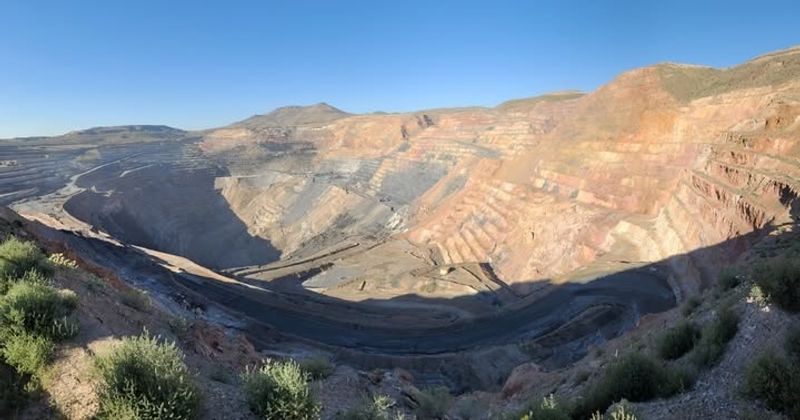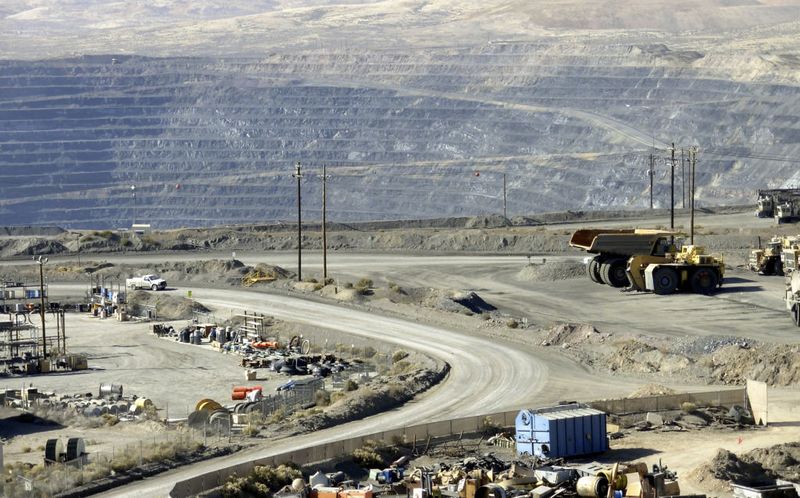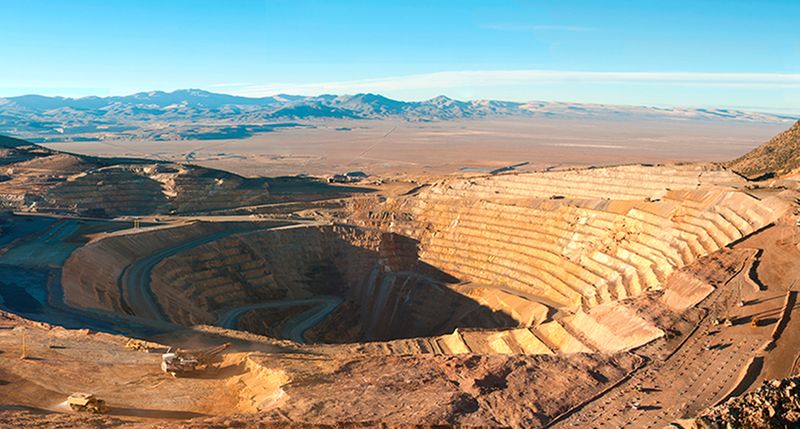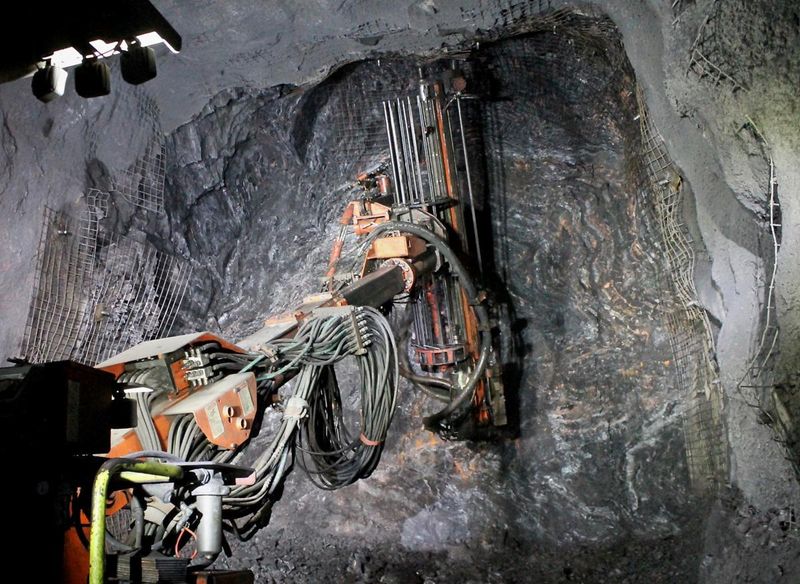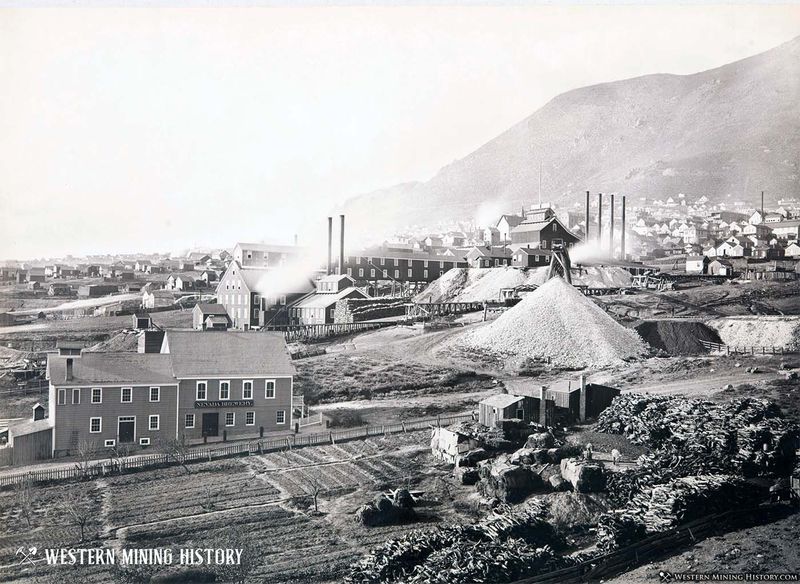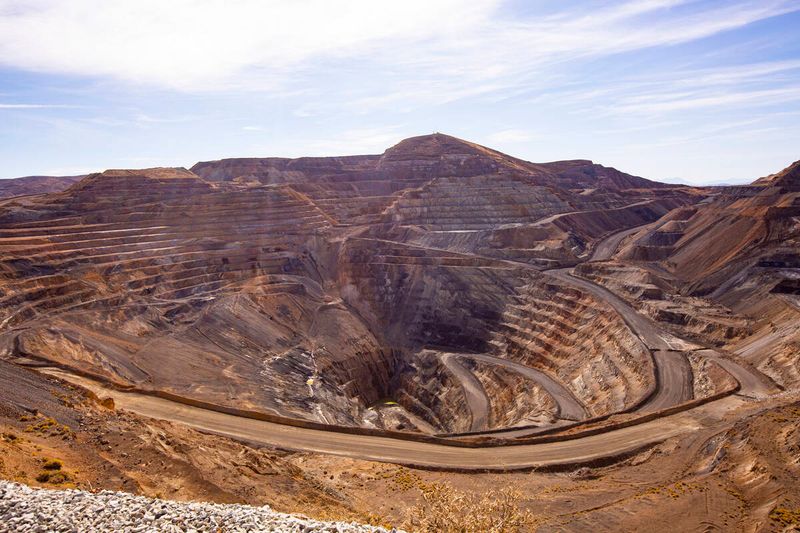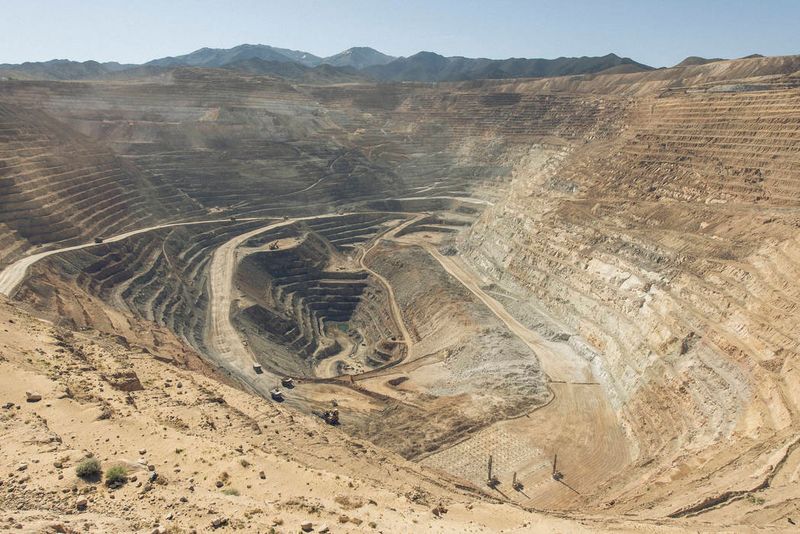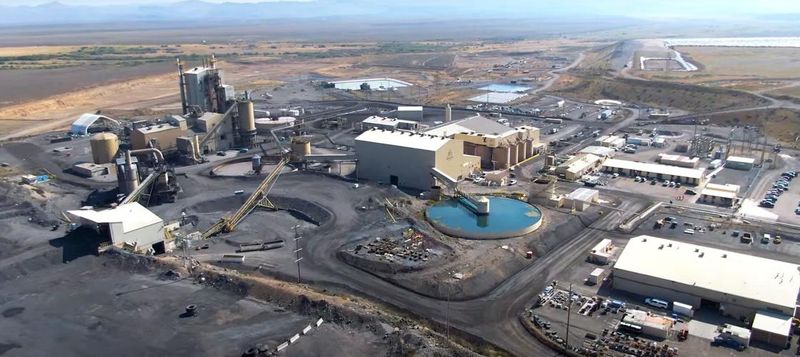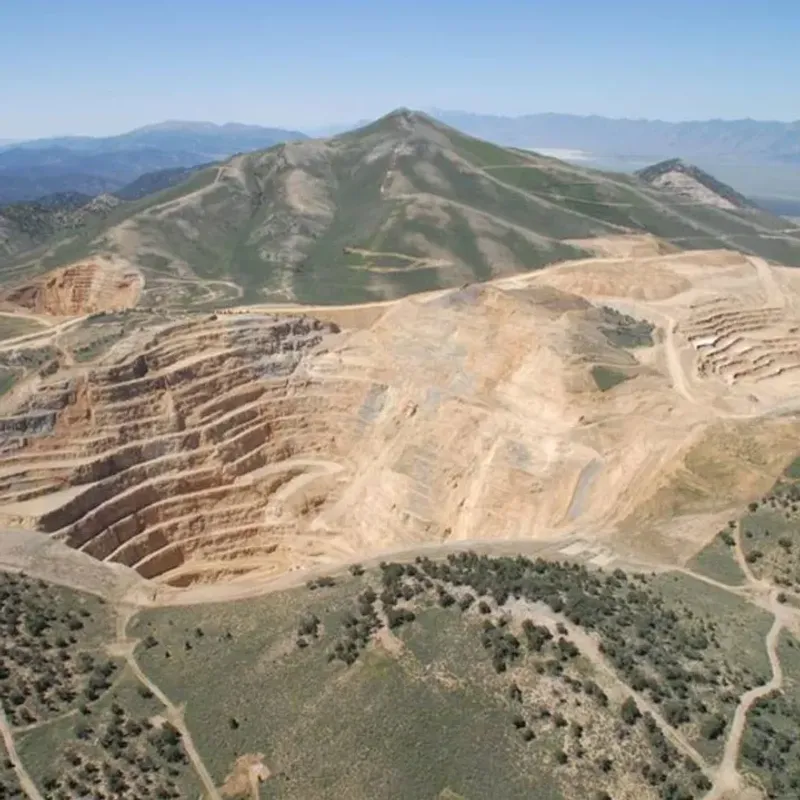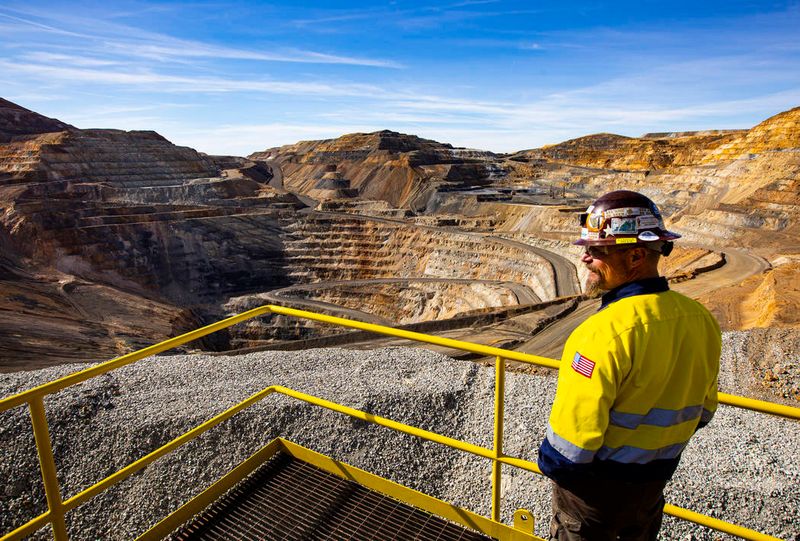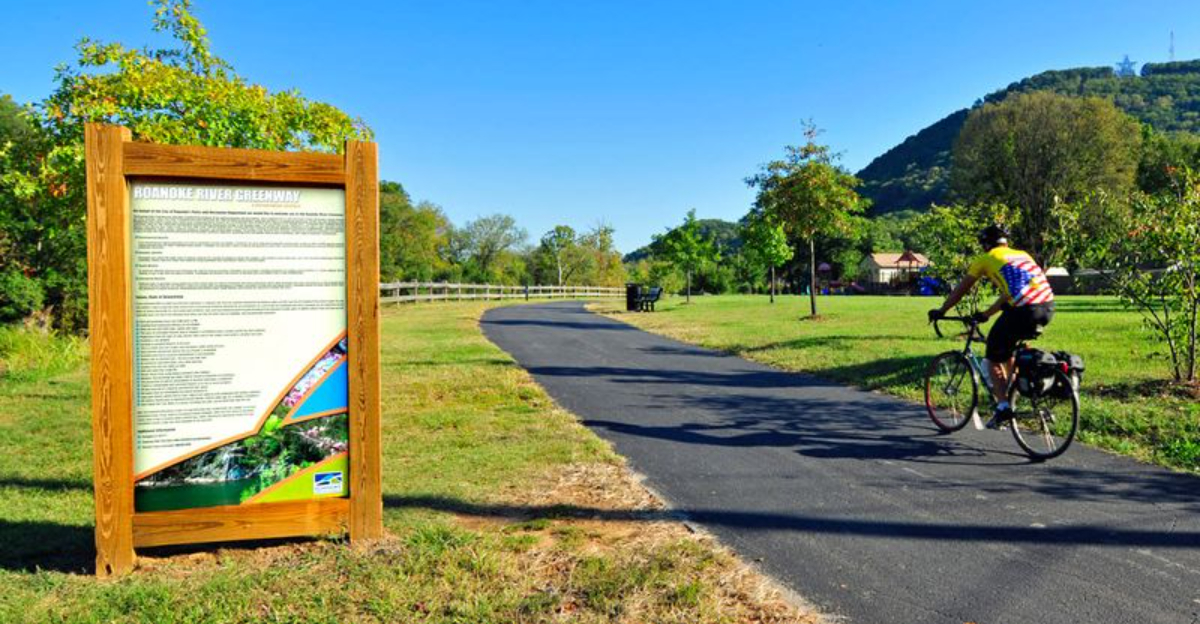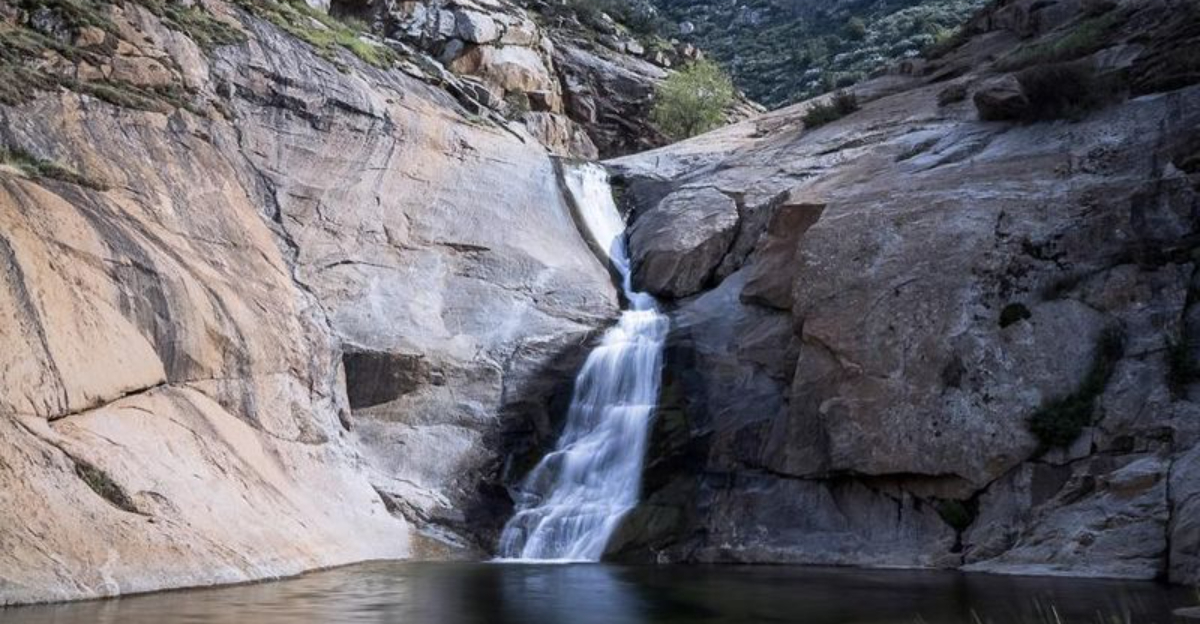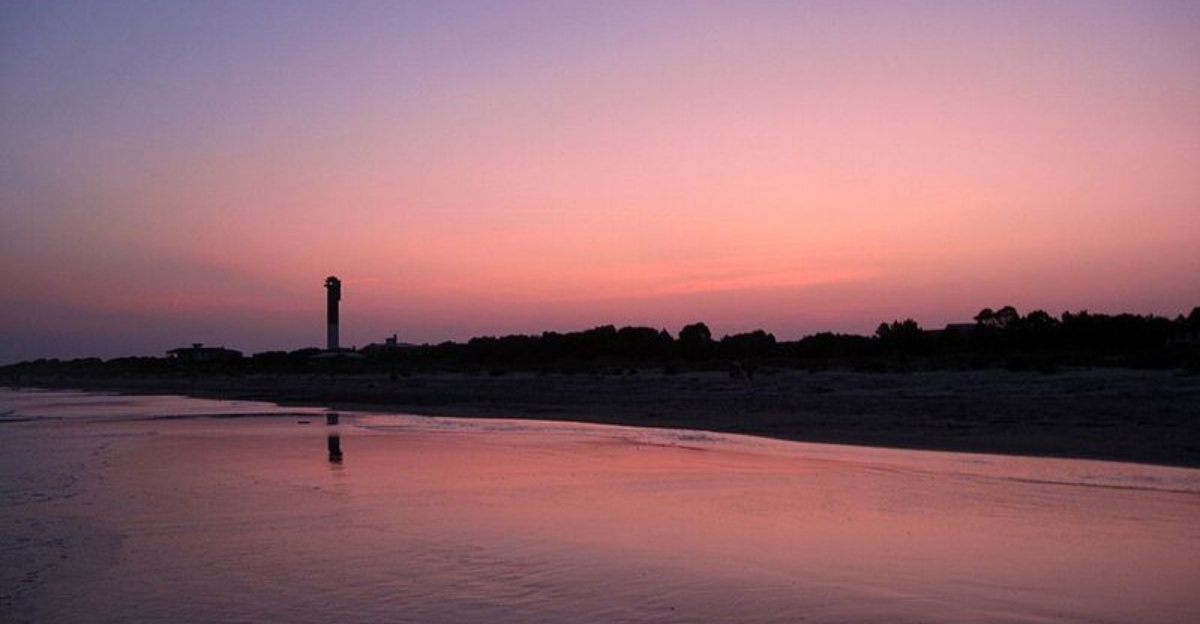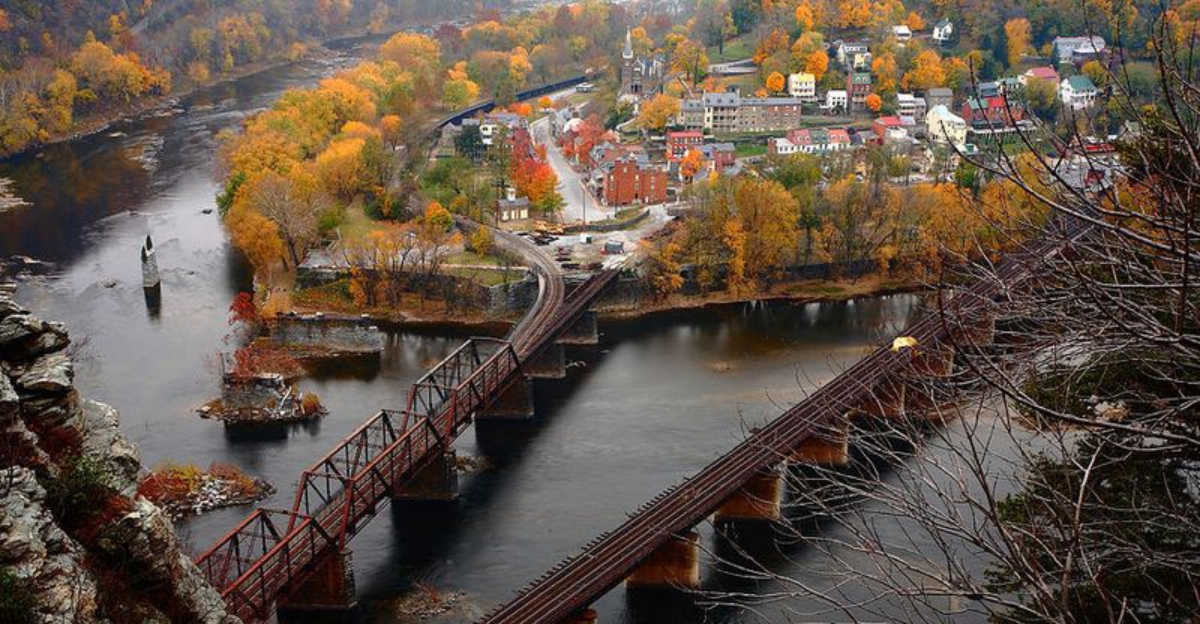Nevada Stands Tall As The State Holding The Country’s Greatest Hidden Gold Wealth
Gold has captivated humans for thousands of years with its beauty and value.
While California’s famous gold rush drew thousands of prospectors westward in 1849, Nevada actually holds the crown for America’s richest gold deposits today.
The Silver State ironically produces more gold than silver now, making it not just a gambling paradise but also a treasure chest of natural riches beneath its rugged landscape.
The Carlin Trend: America’s Gold Powerhouse
Hidden beneath Nevada’s northeastern landscape lies the legendary Carlin Trend, discovered in 1961.
This 50-mile-long geological formation has produced more gold than any other mining district in the United States.
What makes Carlin unique is its microscopic gold particles embedded in sedimentary rock.
Too small to see with the naked eye, these deposits require sophisticated extraction methods but have yielded over 70 million ounces of gold since mining began.
Goldstrike: The $20 Billion Treasure Chest
Nestled within the Carlin Trend sits Goldstrike, one of the most profitable mining operations in history.
Operated by Nevada Gold Mines (a joint venture between Barrick and Newmont), this massive complex combines open-pit and underground mining techniques.
Since operations began in 1987, Goldstrike has extracted gold worth over $20 billion at today’s prices.
The mine employs hundreds of local workers and uses advanced technology to find gold particles invisible to the human eye.
Cortez: Ancient Seabed Turned Gold Mine
Long before gamblers tried their luck in Las Vegas, ancient seas covered what’s now the Cortez mine area.
Over millions of years, geological forces trapped gold in rock formations, creating one of Nevada’s richest deposits.
First discovered in 1862, Cortez didn’t reach its full potential until modern mining techniques arrived.
Today, it ranks among the world’s top ten gold producers. The Pipeline Complex within Cortez once yielded a staggering 1.5 million ounces in a single year!
Turquoise Ridge: Underground Gold Labyrinth
Unlike Nevada’s famous open-pit operations, Turquoise Ridge plunges deep underground where miners extract some of the world’s richest gold ore.
Located near Winnemucca, this mine contains ore grading up to one ounce of gold per ton – extraordinarily high by industry standards.
Miners here navigate tunnels extending thousands of feet below the surface.
The extreme depth creates challenges including high temperatures and ground pressure, requiring specialized cooling systems and reinforced tunnels to safely extract the precious metal.
Comstock Lode: Where Nevada’s Mining Legacy Began
Before modern operations dominated Nevada’s gold scene, there was the legendary Comstock Lode.
Discovered in 1859 near Virginia City, this massive silver and gold deposit triggered Nevada’s first mining boom and helped finance the Union during the Civil War.
At its peak, miners extracted ore worth over $400 million (billions in today’s dollars).
The unprecedented wealth transformed Virginia City into a sophisticated metropolis with opera houses and luxury hotels when most western settlements remained primitive outposts.
Long Canyon: The Modern Gold Rush Success Story
Geologists once believed Nevada had revealed all its major gold deposits – until Long Canyon proved them wrong.
Discovered in 2005 near the Utah border, this relatively new mine demonstrates Nevada’s continuing gold potential.
What makes Long Canyon remarkable is its rapid development from discovery to production.
While most modern mines take 10+ years to develop, Long Canyon went from exploration to producing gold in just seven years. Its high-grade, near-surface ore made extraction unusually economical.
Round Mountain: The Volcanic Gold Factory
Rising from central Nevada’s landscape, Round Mountain demonstrates how ancient volcanic activity created gold deposits millions of years ago.
Hot springs driven by volcanic heat dissolved gold from surrounding rock, redepositing it in concentrated veins.
Mining began here in 1906, but the operation transformed dramatically in the 1970s with heap leaching technology.
This process allows profitable extraction of low-grade ore containing just 0.02 ounces of gold per ton.
Despite such minimal concentration, Round Mountain has produced over 15 million gold ounces.
Jerritt Canyon: Gold from Ancient Seafloor Mud
Northern Nevada’s Jerritt Canyon reveals how ordinary mud transformed into gold-bearing rock over millions of years.
Ancient seafloor sediments, compressed and heated deep underground, created the perfect conditions for gold deposition.
First discovered in 1972, these deposits have yielded over 8 million ounces of gold.
What makes Jerritt Canyon distinctive is its processing facility – one of the few in Nevada capable of treating refractory ore where gold is locked within sulfide minerals, requiring special roasting techniques.
Bald Mountain: Gold Beneath the Sagebrush
Stretching across eastern Nevada’s high desert, Bald Mountain demonstrates how gold deposits can hide in plain sight.
Native Americans likely collected surface gold here for centuries before modern mining began in the 1970s.
The operation now spans multiple open pits across 25 square miles of sagebrush-covered terrain.
Unlike Nevada’s deeper deposits, Bald Mountain’s gold occurs relatively near the surface, making extraction less expensive.
The mine has produced over 4 million ounces while maintaining some of the industry’s lowest production costs.
Nevada’s Economic Gold Rush: Beyond the Mines
Gold mining pumps over $8 billion annually into Nevada’s economy, creating thousands of high-paying jobs averaging $94,000 per year – double the state average.
This wealth extends beyond miners to equipment suppliers, restaurants, and local businesses.
Tax revenue from gold operations funds schools, infrastructure, and essential services.
Mining companies also invest millions in community development, from scholarships to healthcare facilities.
While casinos might be Nevada’s famous attraction, gold provides the economic foundation for many rural communities.

